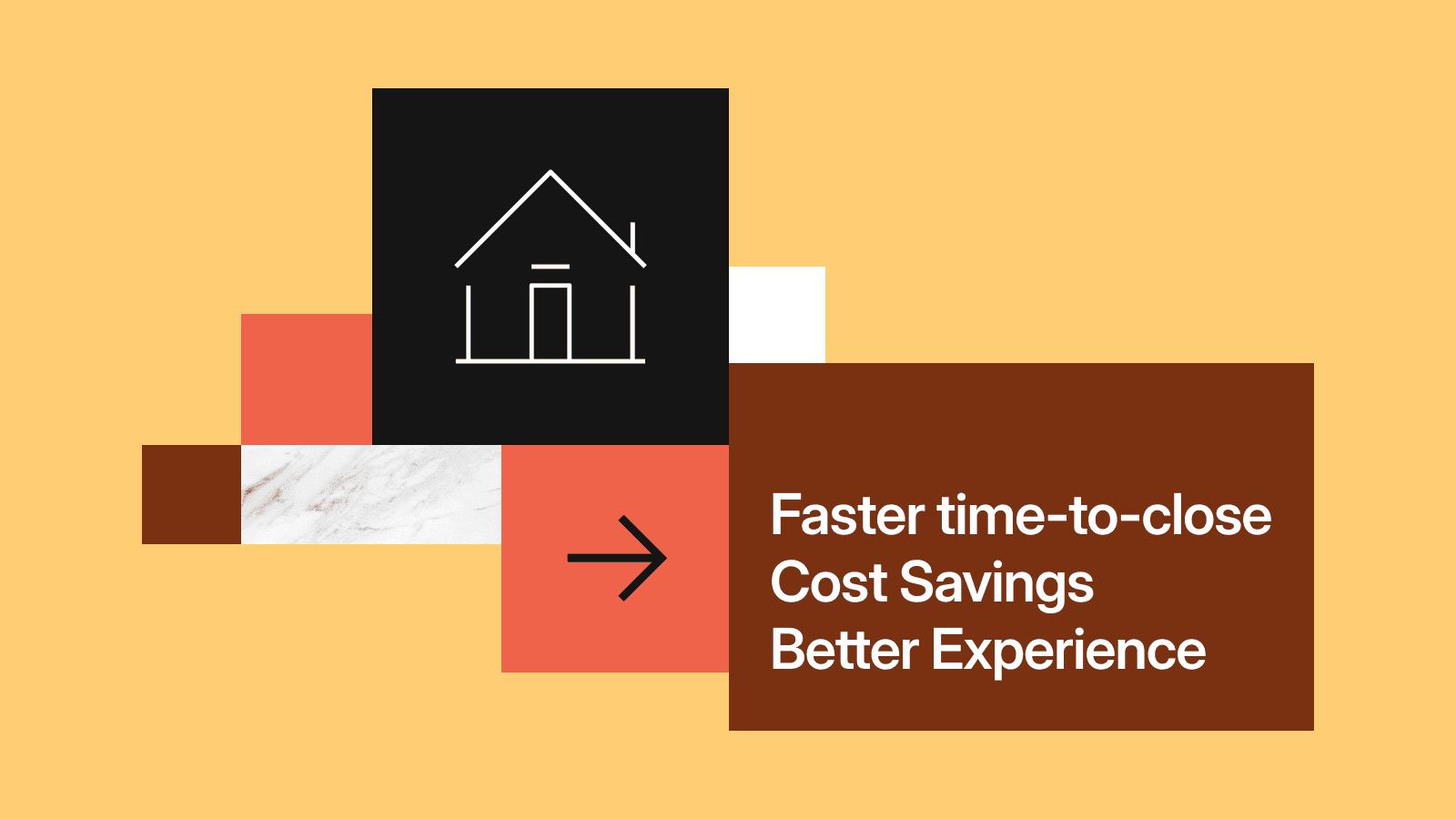Join us at Transfer 2025 to hear how industry leaders are building payments infrastructure for a real-time world.Register Today →
The Case for RFPs
FedNow and RTP allow pull payments via RFP, or “Request For Payment.” Learn about the significance of RFPs and discover three exciting advantages—funding digital wallets, RFPS as an alternative to wire draw downs, and fraud reduction.

Faster payments like RTP and FedNow are a market differentiator—and adoption is growing. At Modern Treasury, we’ve seen customers interested in using these rails for both faster payouts and pay-ins. The latter is accessible via RFP.
An RFP, or “Request For Payment,” is a digital request that one party sends to another, typically for business-to-business or business-to-consumer transactions. It prompts the payer to authorize and make a payment via these instant payment networks. The payer receives a notification from their bank or provider about the incoming payment request, often including details like the amount, due date, and purpose. Once the payee reviews and authorizes the request, the payment is completed instantly over the FedNow and RTP network
The Significance of RFPs
RFPs are a significant capability for several reasons.
- Faster pay-ins. Whereas instant payment rails are limited to credit or “push” transactions, RFP creates a mechanism to debit or “pull” funds instantly, resulting in faster pay-ins.
- Rich data. Both RTP and FedNow use ISO2022, which enables rich transaction data. ISO2022 improves transparency for all groups—businesses, consumers, and financial institutions (or FIs)—making it easier to track and manage transactions. The extensive data enabled by ISO2022 can help reduce fraud.
- Streamlined Operations. RFPs are also convenient, and can assist with streamlining business payment operations since there's no return risk and transactions can settle payments 24/7/365, thus facilitating instant transactions reconciliation.
Instant payment rails provide a host of potential advantages. Let’s dig into three benefits specifically available via RFP: funding digital wallets, the potential to replace wire draw downs, and fraud reduction.
Funding Digital Wallets with RFP
Digital wallets can offer companies a host of benefits. Funding a digital wallet usually takes place via ACH debit, typically requiring a day or more for payments to process. Because funding an account takes time, users experience delays in accessing services on a given platform. Further, if companies don't want to delay their end user from accessing services, they have to assume the funds will settle and float the money in the meantime. This float may come from a debt facility or from the company's balance sheet.
In the case of a brokerage, for example, a company would underwrite the risk of allowing a user to purchase stocks with their wallet before settlement. If the customer initiates a return on the payment, or for whatever reason the transfer doesn’t go through, the brokerage is now on the hook for that money.
Further, in a high-interest-rate environment, it’s expensive for companies to loan funds to a user in this manner. Funding wallets via ACH debit can result in poor customer experience, slower adoption of capabilities and features, risk, and potential revenue loss.
Using an RFP for wallet funding affords companies:
Less risk: Instant payments process and settle within seconds, 24/7 and on weekends. They are also irrevocable, mitigating the possibility of loss due to returns. Companies can be certain that funds are available before funding a user’s digital wallet. And teams can stop worrying about potential scenarios where a payment doesn’t go through.
Faster customer access to products: The ability to fund a wallet and start using funds immediately results in a far better user experience. Everyone benefits from a customer’s ability to act on the initial excitement that spurred their purchase.
Better margins and revenue potential: With instant settlement, customers can start generating revenue faster. Margins are also improved if customers no longer need to float funds.
RFPs as an Alternative to Wire Drawdowns
A wire drawdown is like a reverse wire transfer—rather than pushing funds via wire (a credit), money is pulled via wire (a debit). These transactions are often high-value, time-sensitive, and used in B2B scenarios, such as large corporate payments or settling trades in the financial markets. For a wire drawdown, the payee (or their bank) initiates the request to pull funds from the payer's account, often requiring pre-authorization.
Wire draw downs typically incur high fees for both the sender and the receiver. The operational cost can also be high—the sender, receiver, and the FI each assume some cost for the establishment of wire drawdowns, especially at scale. The wire drawdown process can be time-consuming and error-prone, since many steps are manual. Not only does each counterparty need to be set up individually, it can be difficult for companies to manage authorizations and revoke access when necessary. Although faster than ACH, wire drawdown settlement can still be delayed; wires are subject to bank cut-off times and the traditional work week (i.e., no weekend or holiday availability). Wire drawdowns also involve the sharing of sensitive banking information and because of the high transaction values, these payments are a target for fraud.
RFPs are an attractive alternative, with the following benefits:
Speed and efficiency: Real-time payment networks offering RFP promise that funds are transferred and settled within seconds, 24/7, including holidays and weekends. RFPs also automate the request and payment process, reducing manual work and the potential for errors.
Lower costs: FedNow and RTP include lower transaction costs compared to traditional wire transfers, making them more accessible for all sizes of transactions, up to their limits. On average, RFPs for Fednow and RTP can be ~30x cheaper than wire drawdowns. This system is also much faster to set up operationally than wire drawdowns, providing additional savings.
Better user-experience: Compared to wire drawdowns, RFPs can offer improved transparency, flexibility, and control. Since payer and payee receive real-time notifications of payment status, both parties can experience greater transparency and trust in the transaction process. RFP allows payers to retain control over the timing and approval of payments, in service of better cash flow management.
Enhanced security. With RFP, the need to share sensitive banking information (between banks, payer, and payee) is reduced.
In the future, we're excited about RFPs supporting recurring payments with a one-time authorization. This will provide further flexibility in how companies choose to manage their RFP payments on a recurring basis.
How RFPs Can Reduce Fraud
The case for instant payment RFPs as an alternative to ACH debits, and the opportunity to mitigate ACH debit fraud are notable.
The first consideration is timing. Since ACH payments are batch-processed, often requiring several days to clear and settle, the detection of fraudulent transactions can be delayed. Secondly, although ACH debits require pre-authorization by the account holder, fraudsters can obtain this authorization through deceptive means or use stolen account information to approve debits. Lastly, ACH payments pose a potentially high return risk, since account holders can initiate returns for up to 60 days. Managing these returns (especially at scale) can be challenging, costly, creating uncertainty and introducing risk. Fraud detection tools that can help score this risk aren’t foolproof.
On the other hand, with RFPs, companies can achieve:
Instant funds settlement and irreversibility: The speed of faster payment processing via RFP—made on a per transaction basis in real time—is more secure. Transaction validation is immediate for RTP and FedNow, enabling immediate detection and rejection of unauthorized transactions. Settlement is also immediate, guaranteed, and irreversible, occurring within seconds 24/7/365—this is a feature of instant payments: it reduces fraud due to insufficient funds or returns.
Better control and communications: RFP gives account holders direct control over each payment authorization in real time, reducing the risk of unauthorized debits. Further, because FedNow and RTP are instant, the networks facilitate two-way communication between payers and payees, enabling quick resolution of any discrepancies that could indicate fraud.
Transparency and traceability: With RFPs, each transaction is recorded in real-time, increasing transparency and traceability. This helps all parties identify and address fraudulent activity more quickly.
RFPs with the Right Partner
Modern Treasury offers essential infrastructure for the new era of payments, including tools to move, track, and reconcile instant payments and RFPs at scale Our customers have had access to RTP since 2019 and to FedNow within months of last year’s rollout—and we’re continually refining faster payments use cases, including the release of microdeposits for instant account verification. Reach out today to learn more about our solution.
Try Modern Treasury
See how smooth payment operations can be.







